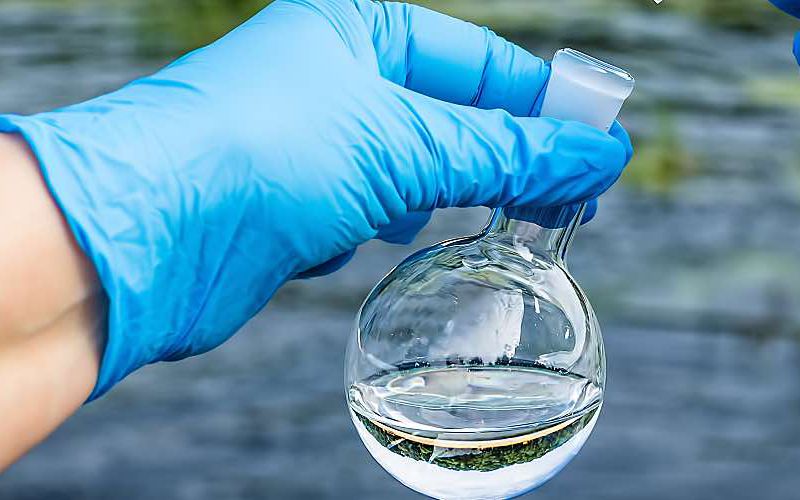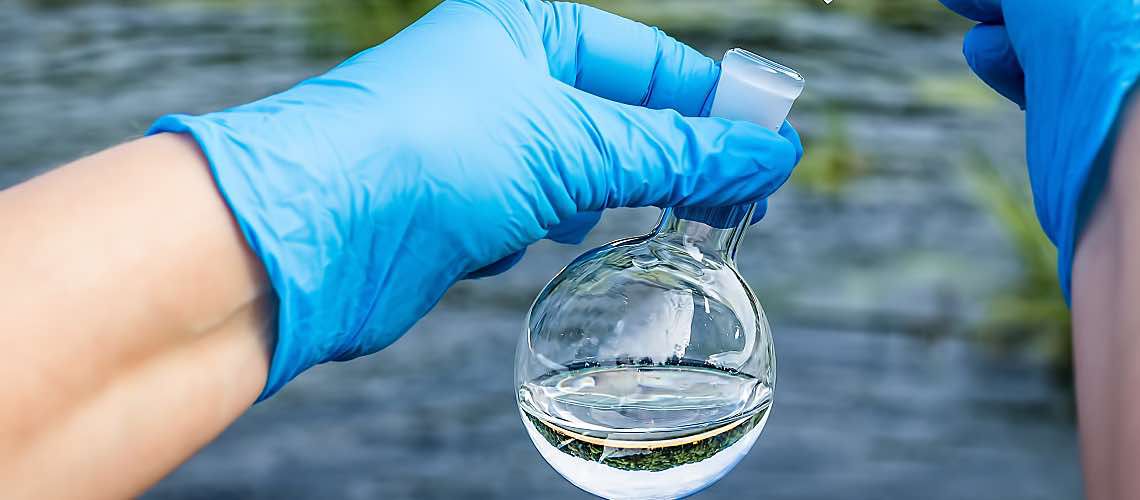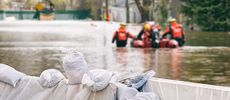Citizen Science Fills Gaps in Environmental Monitoring


What do these have in common: taking underwater videos of Great Lakes habitat, testing air quality in Kansas City, observing wild birds in the Great Backyard Bird Count, and monitoring water quality in the Chesapeake Bay? These are all examples of citizen science in action.
Citizen science is the process of community members, usually working in collaboration with scientists, researchers, and other experts, expanding their understanding of the world while contributing valuable information to the body of science. Even minor enthusiasts — Charles Darwin was one of the best-known citizen scientists — can make new scientific discoveries.
Read on for a closer look at citizen science, examples of projects, and the ways water lab managers like you can get involved in the community.
What Is Citizen Science?
Community science supports both learning about science and making new discoveries. Participants can help with many steps of inquiry, including:
- Developing research questions
- Designing experiments
- Collecting data
- Analyzing data
- Interpreting results
- Making discoveries
- Developing technologies and applications
- Solving problems.
Anyone curious about the natural world can participate. When scientists and researchers lead studies, they typically divide the work into micro-tasks that citizen scientists can manage, even without training.
Organizations including the Environmental Protection Agency, National Geographic Foundation, National Park Service, and almost every environmental protection group offer programs for citizen scientists. The federal government provides a catalog of projects, ranging from monitoring water quality in the Columbia Gorge to field research on American Pika in Colorado to finding locations of plants traditionally used by Arizona tribes.
What Does Citizen Science Look Like in the Real World?
Here's a closer look at three projects currently underway across the country.
- The U.S. Forest Service is using citizen scientists to map distributions of lamprey, an eel-like aquatic animal, in Oregon's coastal watersheds. By using environmental DNA techniques in targeted areas, researchers can determine the distribution and population of two key species of lamprey without engaging experts to make the distinction.
- In the Grand Canyon, river guides, private boaters, and educational groups are collecting adult aquatic insects in a U.S. Geologic Survey project. Scientists use the insects to understand how operations of the Glen Canyon Dam, which controls water flow in the Colorado River, impact the ecosystem. The results have led to experimental "Bug Flows" — releases of water from the dam — to try to improve ecosystem health.
- In five U.S. cities, the National Oceanic and Atmospheric Administration conducts research to measure and map urban heat. In previous years, some parts of Baltimore, Md., Richmond, Va., and the District of Columbia were up to 17 degrees Fahrenheit hotter than other areas of the same cities at the same time. The goal is to produce detailed maps of urban heat islands to determine how residents and city governments can protect people and property.
How Can Water Labs Use Community Science?
As a water lab manager, you might be most interested in community science projects related to water quality monitoring. This will typically occur at the source where your community gets its water, like a river, lake, or stream. Water quality testing often uses samples from the outflow of a source into a larger water body, although much of the remaining watershed goes unmonitored.
Citizen scientists can be essential to tracking quality in the watershed upstream and identifying sources of pollutants. They increase the data available to inform government agencies on biological, chemical, or physical contamination. Water labs can help ensure that sampling and tests conducted by volunteers follow correct protocols and provide results as valid as their lab produces.
A ScienceDirect article lists three main factors that affect the success of citizen science projects for water quality monitoring:
- Citizen attributes: Not surprisingly, motivated citizens with knowledge, experience, and awareness of environmental issues help make projects more effective.
- Institution attributes: The success of institutions that sponsor community science initiatives depends on their motivation, type of organization, and funding.
- Processes and mechanisms: The interaction between citizens and institutions is critical. This includes supporting structures, such as training, the organization's communication, and feedback culture.
Before starting your own project, you may want to review the Clean and Safe Water Guide and the Water Justice Toolkit. Further, American Rivers also provides a guide for creating community science projects that water labs can use to pursue monitoring initiatives.
A community science initiative can be a rewarding way to raise the profile of your water testing lab among customers and prospective clients. You can demonstrate your commitment to improving water quality in every part of your watershed and play an active role in making science a part of your community.






